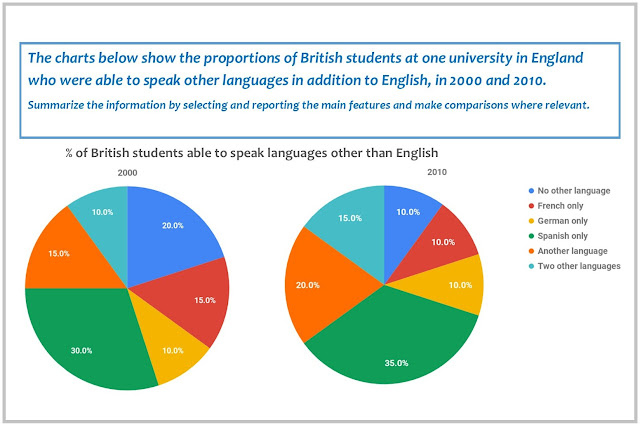To err is human or my thoughts on error correction
1 Should errors be corrected?
Yes. Uncorrected mistakes grow into fossilized errors which are virtually impossible to weed out. That said, not all errors and not always. Which brings me to questions 2 and 3.2 When should learners’ errors be corrected?
Errors can be corrected either immediately or after the speaking activity. The downside of the former is that the teacher has to break the flow of the student’s speech and of the latter is that the student might forget what exactly they said.I tend to correct mistakes immediately if we are doing something on a sentence level. If the student is telling me passionately about their vacation, I tend not to interrupt unless they start repeating a mistake. If the students are deeply immersed in conversation, I might not interfere at all. I let passion and fluency override accuracy.
In order to interrupt the student less, I sometimes make a gesture or breathe in loudly whenever they make a mistake. This way the student can self-correct or at least have a couple of seconds to realize they are going to be interrupted.
3 Which errors should be corrected?
Definitely, these four types:- Errors in the material we have covered because the student can fully realize what the mistakes are and can easily self-correct.
- Errors in the material the student isn't familiar with, but the correction is effortless and laconic.
- Errors that impede communication.
- Errors that run the risk of becoming fossilized. (I’m a bit paranoid about error fossilization. It is so much easier to prevent than to get rid of.)
4 How should errors be corrected?
I correct mistakes in different ways depending on the mistake and the overall atmosphere.Some corrections are non-verbal. Sometimes I just shake my head. Sometimes I narrow my eyes or frown. Sometimes I act. If the student keeps repeating the mistake I have already corrected a gazillion times, I throw my arms up dramatically with my face silently conveying “When? When are you going to stop saying this?” The students know my non-verbal signs so they self-correct quickly.
Some corrections are verbal. Sometimes I say, “Let’s go back a little. Can you say this sentence again?” Sometimes I put the mistake up on the board and explain it. I do that if we are likely to need the phrase again soon and the grammar material is less familiar. Sometimes I write posts. (See common mistakes Russian speakers make Part 1, Part 2, Part 3).
After attending Eva’s talk I realized that I was guilty of one sin that is called recast. Recast is when the teacher repeats the student’s sentence but in correct English without explicitly indicating what the mistake was. For example:
Student: I thinked it was a good idea.
Teacher: Oh, you thought it was a good idea.
Turns out this is generally not effective. I still catch myself doing it sometimes, but I try to do it less and am reflecting on the best substitute.
5 Who should do the correcting?
Ideally, the students, when and if they notice. I think the teacher should do the correcting in two cases: 1) the student is unable to notice their mistakes due to the enthusiasm they are talking with; 2) the student is not familiar with the material.I like it when students correct each other, but peer-correction should be used with caution as students are less aware of correction techniques and might do more harm than good.
My own question
Now I would like to pose my own question. There is one type of correction situation I can’t wrap my head around. I am sure all teachers have encountered this hundreds of times. It looks like this:
Student: The event was attended by a big number of people.
Teacher: Large number.
Student: That’s what I said.
Teacher: You said big.
Student: No, I said large.
How do you deal with the mistakes the student doesn’t acknowledge making?
Granted, sometimes students get defensive and insist on having said what they know they didn’t. But sometimes they honestly believe they said it right. This presents a bit of a problem because students trick themselves into believing that their speech was error free. What is the explanation for this phenomenon? Are certain people more prone to it than others? Does it only happen in certain situations? How should the teacher react - insist on the fact that the mistake was made (which is useless because the speech is gone)?
These are my thoughts on error correction. I’d appreciate your input on Eva’s questions and my conundrum.
These are my thoughts on error correction. I’d appreciate your input on Eva’s questions and my conundrum.





Comments
Post a Comment